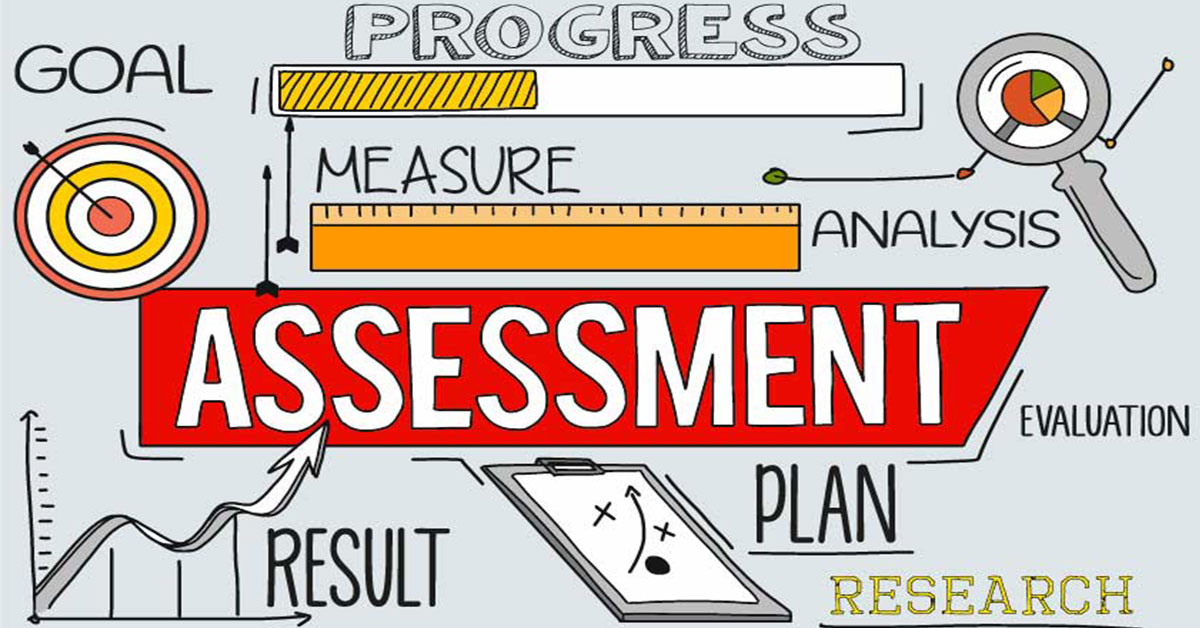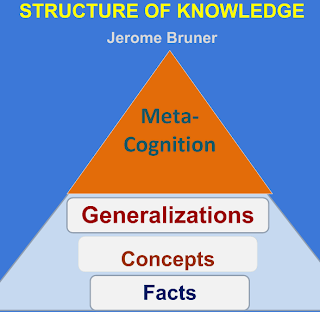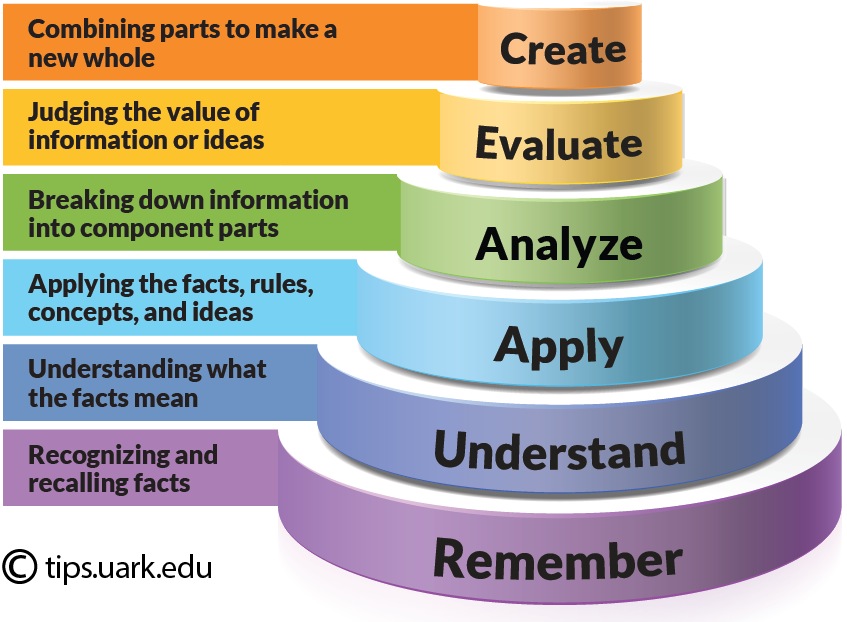For our current events assignment, Dr. Smirnova asked us to find an article from newsela.com that discussed a current and relevant event/information. Two of my peers and I decided to select an article about the different types of government that exist. Newsela.com is an excellent resource to use in a classroom. There are an abundance of articles about various social studies topics. The articles are organized by grade and reading level as well as content area. Each article has an assignment attached to the end. Four multiple choice questions allow teachers and students to check for understanding after reading the article. After reading the article and taking the assignment, my group and I determined how we would use this article to teach a lesson in a classroom. We decided to use a KWHL chart. We asked students questions that prompted them to fill in the KWHL chart, such as "what do you know about the type of government the United States has?", "what do you want to know?" and "how will you learn about this?". Students were then asked to read the article together in small groups to complete the KWHL chart.
My group and I gave this presentation to our class through the Big Blue Button online class. Giving the presentation was challenging at first, but eventually our peers began to participate in the discussion and fill out KWHL charts together. Overall, our lesson was successful. It went as planned and we met all of our goals. Click here to see the slideshow we created!
Monday, March 25, 2019
PIGS, SIM, CL

In social studies methods, Dr. Smirnova allowed us to learn about PIGS and the Social Interactive Model along with Cooperative Learning in a way that allowed the class to truly experience the process. Dr. Smirnova had us break up into groups and each member of the group was assigned to be part of an expert group. There was an expert group for each letter in the PIGS acronym. The expert groups had to work together to learn about their aspect of PIGS. Once this was done, we would return to our original groups and each member of the expert group would teach the other group members what they learned.
My expert group had the task of researching the Cooperate Learning lesson plan requirements and outline. I worked with three of my peers. Together, we familiarized ourselves with the CL lesson plan. Becoming familiar with this type of lesson plan and then explaining it to our peers was crucial because prior to this class, none of us wrote or conducted a cooperative learning lesson plan. Click here to see the slideshow I created with the members of my expert group!
Thursday, February 7, 2019
Assessment & Objective Formulas
Assessment
What can be assessed?- Readiness. Do students already know some concepts? What prior knowledge do they have? What skills do they have? This is why pre-assessment is important.
- Students' Interest. What students like outside of class. Knowing their interests will help us engage them.
- Learning Profile. Areas of strength and weakness, work preferences, and self-awareness.
What is an assessment? Measuring students' knowledge and keeping track of it.
3 Types of Assessment
- Diagnostic: Finding out. Belongs in the introduction of the unit. (KWL chart, pre-assessment).
- Formative Assessment: Keeping track and checking up. Occurs throughout the lesson. (exit ticket, conference, quiz, journal entry, check for understanding)
- Summative Assessment: Making sure, at the end of the lesson, independent practice. (unit test, post-assessment, performance task)

Building Blocks & Components of Objectives
Condition: the setting. (given task or materials. only one setting)
Behavior: action expressed by a verb. (only one verb)
Criterion: expected performance level (no percentages. only one)
*Objective is written in the independent practice part of the lesson plan (the end). When students work alone they show that they really learned something.
*Objective is written in the independent practice part of the lesson plan (the end). When students work alone they show that they really learned something.
Objective Formula: Given (a task or materials) the student will (a verb from Bloom's Taxonomy) with (an expected level of performance).
*the materials in the objective are not the teacher's materials, they are the student's materials.
*the objective is singular; one student.
*you must create a rubric for the objective.
Objective example: Given a task to work in a group of 4 and the resources on the American Revolution, the student will create a poster, following the criteria of the rubric and scoring at 3/4.

Tuesday, February 5, 2019
How We Learn
How do people learn? What is learning?


Metacognition is thinking about thinking and thinking about learning as well as reflecting on it. Facts are fleeting. This blog is an example of metacognition. It is the highest level of thinking and sharing.
Bloom's Taxonomy

We must teach to from the lowest level to the highest level. This diagram was created to help teachers.
Educational Philosophies:
Perennialism
Progressivism
Existentialism
Reconstructivist
Models, Strategies, and Methods:
Model- approaches to teaching (there are 4).
- Behavioral Model: stimuli and response. Developing desired skills, knowledge and behaviors. It involves a lot of repetition. Teacher has authority.
- Information Processing: thinking and processing; explaining. To equip students with the skills of accessing, processing, organizing, and reflecting on information.
- Social-Interactive Model: students are interacting to develop their social skills and democratic values.
- Personal Model: students are working independently to develop students' identity, self esteem.
- Strategy for behavioral model is direct instruction.
- Strategy for information processing is indirect/cognitive (inquiry).
- Strategy for social-interactive model is indirect/ interactive.
- Strategy for personal mode is indirect/individual.
Methods: the way you deliver the strategy and model.
- Behavioral: lectures, powerpoint presentation, demonstration. Anything controlled by the teacher.
- Information Processing: inquiry lesson.
- Social-interactive: cooperative learning.
- Personal: independent projects.
Origins & Elements of Social Studies
What is Social Studies?
Teaching and learning history is primarily done through discussion and lecture. Occasional audio visual aids and field trips are used, but unfortunately there is not a lot of funding to use these tools constantly. Most homework and assignments come straight from a textbook. Elementary students learn Social Studies through small group and independent work, manipulatives, films, TV, computers, and integrated approaches.Social Studies is a body of integrative knowledge, concepts, skills, generalizations and theories in the SS fields (history, geography, economics, citizenship, etc.)
Each aspect should be taught equally. Because there are different aspects, there are so many different ways to teach SS.
The most powerful elements of Social Studies....
Social Studies is meaningful- engaging students with real-world situations.Social Studies is integrative- draws on more than one discipline, subject, or skill set.
Social Studies is value-based- Strengthens students' sense of democratic values and social responsibility.
Social Studies is challenging- incorporates different perspectives and draws on students' critical-thinking skills.
Social Studies is active- Participatory, makes use of manipulatives or physical environment. Real learning occurs when students are engaged; they apply different skills.

Monday, January 28, 2019
Think, Pair, Square
Subscribe to:
Posts (Atom)
Reflection on the Semester (Final Blog)
My learning experience this semester is one I will carry with my throughout my career. The first thing I learned this semester is that S...

